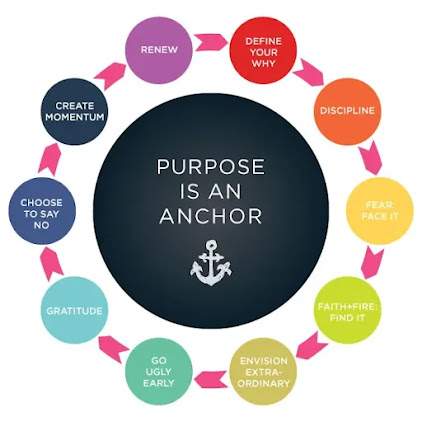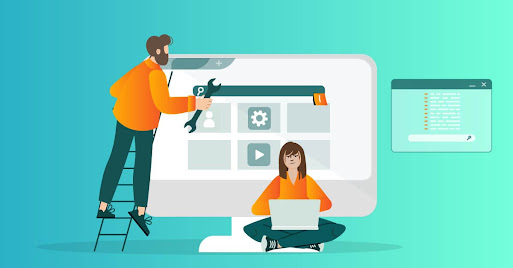How to Start Email Marketing: A Comprehensive Guide
In today's digital age, email marketing remains a powerful tool for businesses to connect with their audience, promote products or services, and build lasting relationships. If you're looking to get started with email marketing, this comprehensive guide will walk you through the essential steps to launch a successful email marketing campaign.
Step 1: Define Your Goals
Before you dive into email marketing, it's crucial to establish clear goals. What do you want to achieve with your email campaigns? Common objectives include increasing sales, growing your subscriber list, boosting website traffic, or enhancing customer engagement. Having well-defined goals will guide your strategy and help measure your success.
Step 2: Build a Quality Email List
Your email list is the foundation of your email marketing efforts. Start by collecting email addresses from your website, social media, and offline events. It's essential to obtain explicit consent from individuals before adding them to your list to comply with email marketing regulations like GDPR and CAN-SPAM.
Step 3: Choose an Email Marketing Platform
Selecting the right email marketing platform is crucial. Popular options include Mailchimp, Constant Contact, and SendinBlue. These platforms offer user-friendly interfaces, automation tools, and analytics to help you manage and track your campaigns effectively.
Step 4: Create Compelling Content
Content is king in email marketing. Craft engaging, relevant, and valuable content that resonates with your audience. Consider using a mix of newsletters, promotional offers, educational content, and personalized recommendations to keep subscribers interested.
Step 5: Design Eye-Catching Emails
The visual appeal of your emails matters. Invest time in creating mobile-responsive email templates with attention-grabbing subject lines, compelling images, and a clear call-to-action (CTA). A well-designed email can significantly impact your open and click-through rates.
Step 6: Personalize Your Emails
Personalization can significantly boost your email marketing effectiveness. Segment your email list based on factors like demographics, purchase history, or engagement level. Tailor your content and messaging to each segment to make subscribers feel valued and understood.
Step 7: Set Up Automation
Automation can save you time and ensure timely communication with your subscribers. Set up automated workflows for welcome emails, abandoned cart reminders, birthday greetings, and more. These automated messages can help nurture leads and increase conversions.
Step 8: Test and Optimize
Regularly test different elements of your email campaigns, such as subject lines, content, CTAs, and send times. Use A/B testing to identify what resonates best with your audience and continually optimize your campaigns for better results.
Step 9: Monitor and Analyze
Pay close attention to email analytics to gauge the performance of your campaigns. Track metrics like open rates, click-through rates, conversion rates, and unsubscribe rates. Use these insights to refine your strategy and make data-driven decisions.
Step 10: Comply with Regulations
Ensure that your email marketing practices comply with relevant regulations, such as GDPR and CAN-SPAM. Provide an easy way for subscribers to opt out, include your physical mailing address in emails, and respect unsubscribe requests promptly.
Step 11: Build and Nurture Relationships
Remember that email marketing is about building and nurturing relationships with your audience. Engage with your subscribers by responding to their inquiries and feedback promptly. Be transparent and authentic in your communications.
Step 12: Evaluate and Adapt
Lastly, don't be afraid to adapt your email marketing strategy as your business evolves and your audience's preferences change. Regularly evaluate your goals, tactics, and results to stay ahead in the dynamic world of email marketing.
Starting with these steps will set you on the path to email marketing success. Remember that consistency, creativity, and a focus on providing value to your subscribers are key to achieving your email marketing goals. Good luck on your email marketing journey!




























